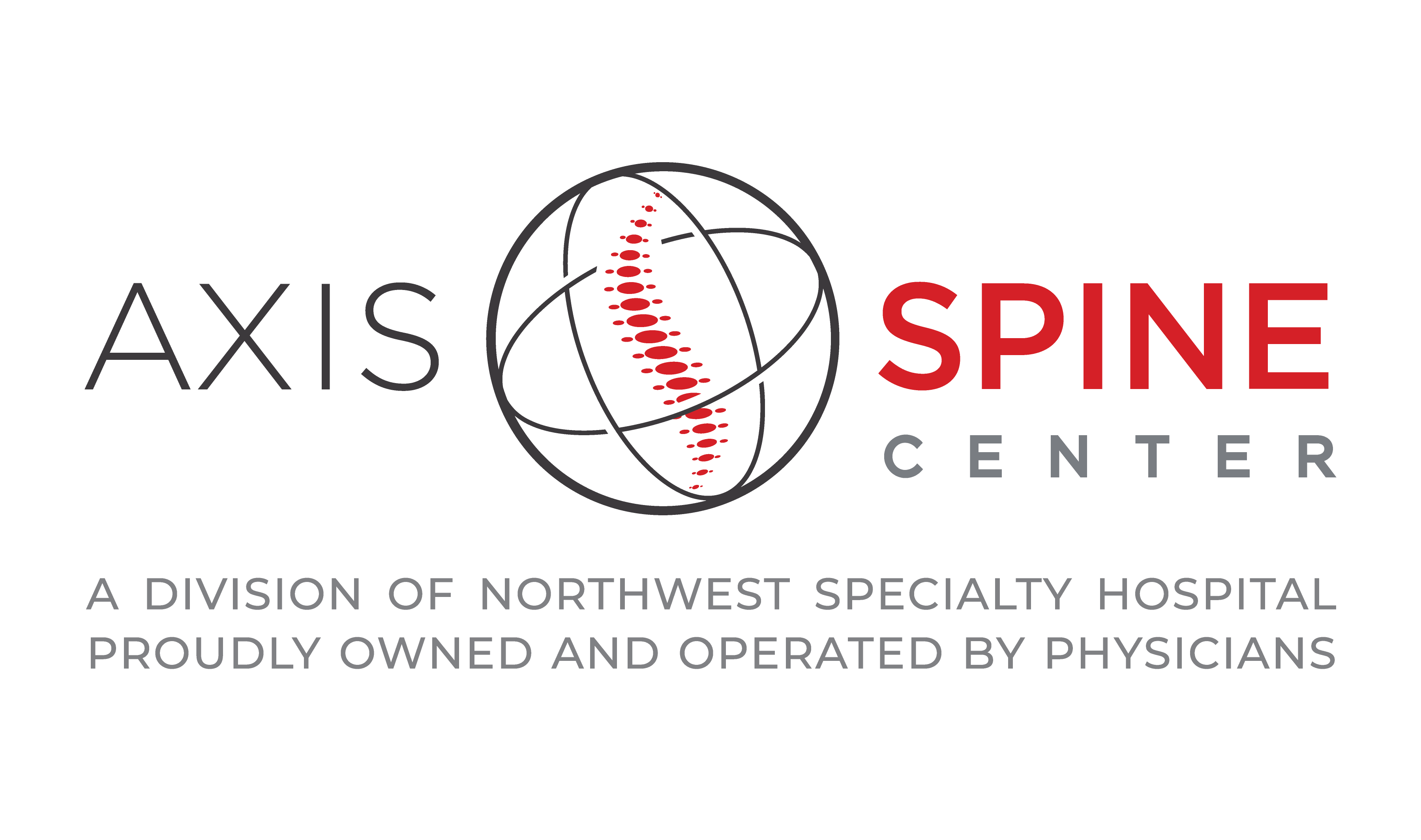What is Indirect Lumbar Decompression?
Your spine is made up of a flexible column of 24 bones called vertebrae. Soft tissue discs sit between each of the vertebrae, acting as shock absorbers when you move. The vertebrae join together like links in a chain to support your head, neck, and body while guiding your movements.
Inside of the spine, there is a channel called the spinal canal, which is surrounded by the vertebrae. The spinal canal protects the cylinder of nerves called the spinal cord. As we age, everyday activities put wear and tear on the spine, which can result in a condition called lumbar spinal stenosis (LSS).
In spinal stenosis patients, a narrowing of the spinal canal puts pressure on the spinal cord or nerve roots. This narrowing can pinch the nerves in the lower back, resulting in pain, numbness, tingling and/or weakness in the back and legs. Superion implants offer indirect lumbar decompression for many patients with LSS.
Why is Superion the Appropriate First Surgical Option?
Superion was developed for patients with moderate spinal stenosis who tried six months of conservative care treatment without finding pain relief. This alternative is also ideal for patients whose medical histories prevent them from being good candidates for traditional spinal surgeries.
People who will benefit the most from the Superion implant are those whose symptoms are relieved when bending forward. For example, when pushing a shopping cart or reaching for something, pain may be reduced. Leaning forward causes the spinal canal to open, which often relieves pressure on the nerves. The Superion implant produces the same effect, relieving pressure on the nerves, but without the requirement of leaning forward.
Superion is a small implant that is available in different sizes. We will fit you with the one that best matches your spinal anatomy. The implant is made of titanium, which is often used for medical implants because it is lightweight and incredibly strong. Titanium is also biocompatible, which reduces the risk of inflammation or rejection.
What is the Procedure Like?
Placing the Superion implant typically takes about thirty minutes. It is implanted through a small incision in your lower back. The procedure can be performed in either the hospital operating room or an outpatient surgical center. The procedure involves no tissue or bone damage and minimal blood loss.
What Can I Expect After the Procedure?
After the procedure, you may notice a significant reduction in leg pain within the first few days. Your doctor will review post-operative care guidelines with you before you leave. The guidelines will tell you how to care for the surgical site after the procedure. They'll also show you how to limit your activities and how to increase them as you heal.
Like most procedures, there are certain risks associated with the use of Superion implants. Consult your doctor for more information regarding these risks.
